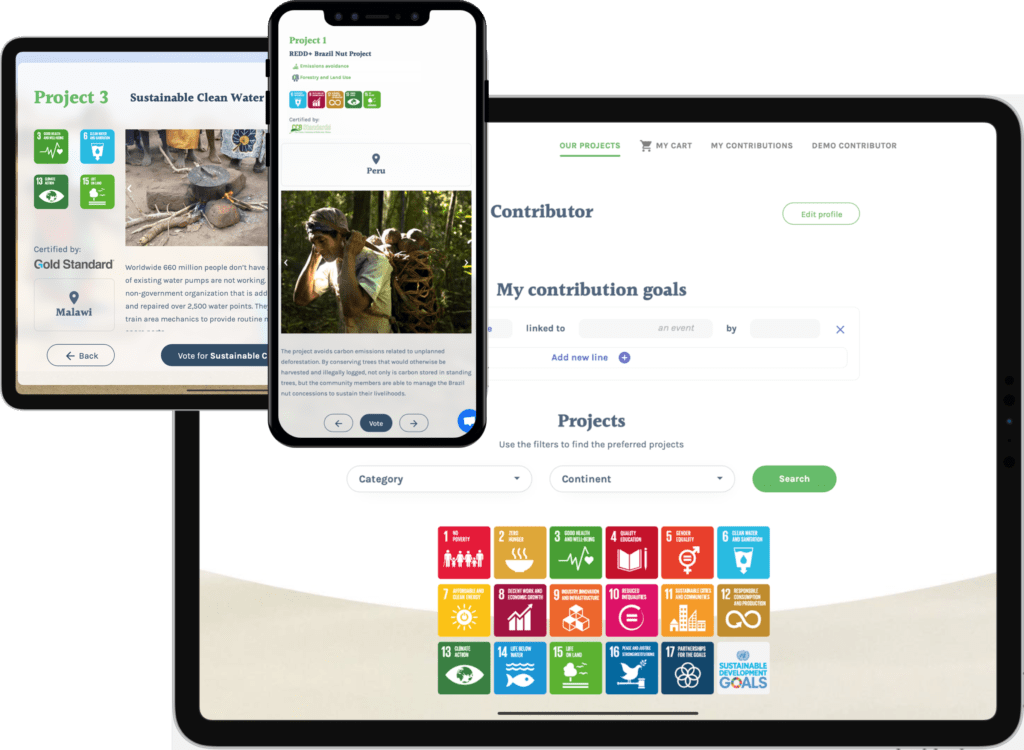CES 2020: Three Startups With Untapped Potential for the Passenger Experience
Share

The Consumer Electronics Show is just as much about the budding startups looking for their big break as it is about the mega brands flexing their technological prowess. Could the airline industry find what it’s looking for in the former?
At CES last week, APEX Media was on the hunt for companies with aerial aspirations. As partnerships between Delta Air Lines and Misapplied Sciences, and Lufthansa Technik and LG show, the pull of technology is only heightened when applied to the travel sector.
CEA: Minimizing Li-Fi Interference
Despite its presence in Eureka Park, CES’s flagship startup hub, CEA isn’t exactly a startup. It is a government research organization with programs spanning low-carbon energy, smart mobility and more, and a team of about 16,000 scientists and engineers. Some of them were on site at CES, demonstrating a variety of projects - one of which could come to light in the aircraft cabin.
Dimitri Ktenas, head of CEA’s Wireless Technologies Department, has worked on LiFi-Multicell, a smart network orchestrator, which he says solves one of the challenges that current Li-Fi systems are facing: interference between light sources. According to him, LiFi-Multicell automatically detects interferences and uses smart algorithms to optimize data transitions to mitigate them.
“Radio-frequency systems, like Wi-Fi, can interfere with other systems in aircraft during takeoff and landing. With Li-Fi you don’t have that issue, and with our added layer of software, which has been patented, overlapping zones aren’t a problem anymore either,” Ktenas said. “Existing Li-Fi solutions that we’ve seen deployed recently don’t use interference management, so if you want that added mobility in the cabin you would need this solution.”
ClimateSeed: Rounding Out Climate Action
The pressure is on for stakeholders in the airline industry to address their complicity in climate change. Many airlines have already committed to emission-cutting fleet renewals and carbon offsets, with jetBlue earlier this month making headlines for plans to become the first US airline to go carbon-neutral on domestic flights.
But carbon reduction and offsetting aren’t enough, says Michelle Parra-Guedez, global relationship manager, at ClimateSeed, which was showcasing a digital platform through which organizations can take climate action via a variety of certified projects with demonstrated co-benefits, including biodiversity and social and economic goals.

“What airlines have to do is, of course, first work on reducing their emissions as much as possible, invest in sustainable technology, but for that last mile, go outside of the carbon mentality and contribute to sustainable projects that have multiple benefits for the planet,” Parra-Guedez said. “Right now, there are thousands of projects around the world but no centralized platform to find ones that are high-quality – unfortunately, there are still many that are outdated or financially unstable. ClimateSeed was started to try and lower the reputational and financial risk for our clients.”
OrCam: Artificial Intelligence-Driven Accessibility
OrCam has spent the last decade looking at how artificial intelligence could be packaged into discrete wearable assistive technology for the benefit of individuals with disabilities.

At this year’s show, it showcased a device that pairs with Bluetooth hearing aids to help isolate a speaker’s voice in a loud public space, as well as the second generation of MyEye 2, a lightweight attachment that uses computer vision to identify products and read printed text aloud, from any surface, in real time. Smartphone and Wi-Fi aren’t required – as the tech simply follows the wearer’s gaze. “In the travel context, textual reading is probably the most important, as it could help blind people in airports with timetables, gate signs, boarding passes and restaurant menus €” or whatever else needs to be read,” said Leon Paull, the company’s development manager of International Sales and Business.
While OrCam doesn’t have any products specifically for use in airports or airplanes, many travelers with impairments are already using its devices, according to Paull. “With regards to the arena of air travel, one of most challenging things for people with impairments is moving around in an unfamiliar environment, with a lot of noises and lights, like an airport,” Paull said. “You need either a human assistant to guide you or some piece of technology, and that’s where we come in.”


